The use of different types of sandstones as a natural resource by early inhabitants of Gibraltar.
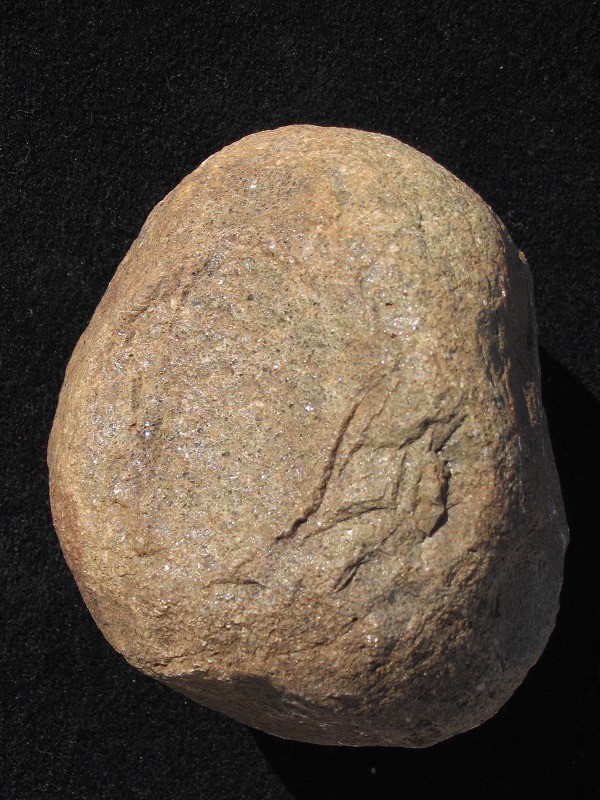
River-washed sandstone boulder.
The use of different types of sandstones as a natural resource by early inhabitants of Gibraltar.
The area of the Campo de Gibraltar has unique geological characteristics. The region is geologically dominated by flysch, a sequence of seabed deposits with alternate layers of hard and soft rocks, in this case sandstones and shales. These regional geological characteristics influenced the lives of the prehistoric societies that lived here, mostly during the Palaeolithic but also in later periods.
The hunter-gatherer way of life, be they Neanderthals or Modern Humans, was closely linked to the natural resources of their environment, whether these were the fauna they relied on for hunting, the marine molluscs they harvested, plants they gathered or the rocks they selected for the manufacture of tools.
The main raw material used to produce stone tools, given its particular characteristics, is flint, although this is not always the most abundant, and may be harder to find than other rock types. The sandstone outcrops in the areas of the Campo de Gibraltar, part of the Guadalete River basin and the Serranía de Ronda, were an important source of mineral resources for prehistoric peoples since some of these sandstones are also very suitable for knapping into sharp cutting tools.
With the passage of streams and rivers, these outcrops become eroded creating pebbles and boulders which get washed downstream towards the coast. We even find these sandstones in the raised fossil beaches next to Gorham’s and Vanguard Caves. There are also outcrops of sandstone just 2km away from the caves, now submerged, that would have been an available resource for people when sea levels were lower than today.
Our ancestors knew how to differentiate which of these resources were the best for tool-making, usually selecting rocks with a high quartz content. These very dense and cemented rocks are known as Quartz Arenites and include cherts and jaspers. These were the main raw materials used for tool-making in the region during the Lower Palaeolithic. In the Middle Palaeolithic, Neanderthals alternated the use of these sandstones with flint, as we can observe from the archaeology in Gibraltar’s caves, and also later on in the Upper Palaeolithic. In more recent prehistory the use of these sandstones became less common, although it was not entirely abandoned.
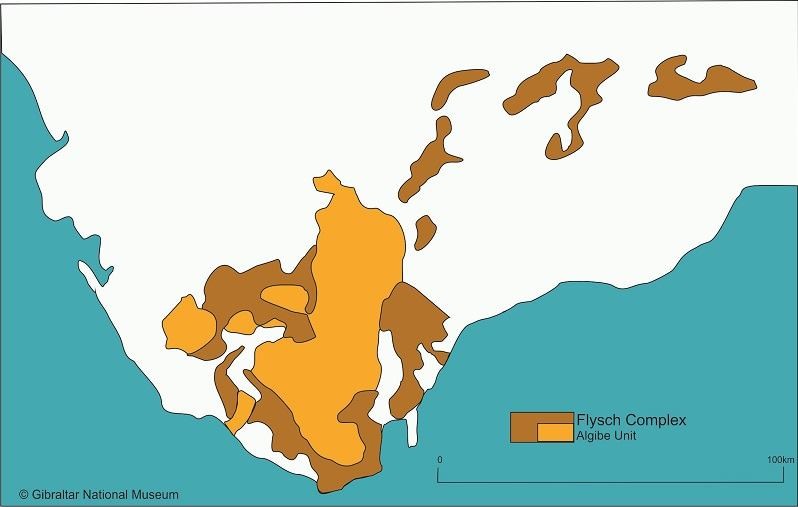
Regional map showing the distribution of the flysch geological formations.
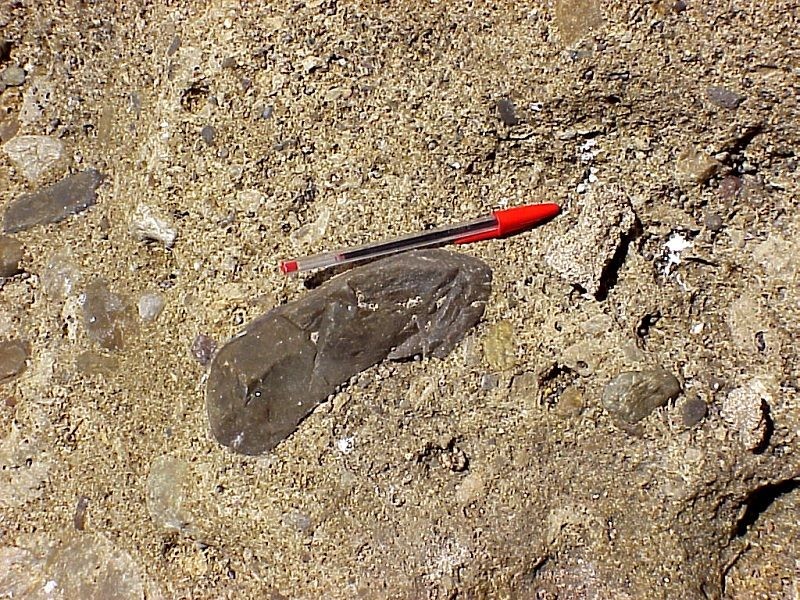
Sandstone boulder embedded in a raised fossil beach at the Gorham's Cave Complex.
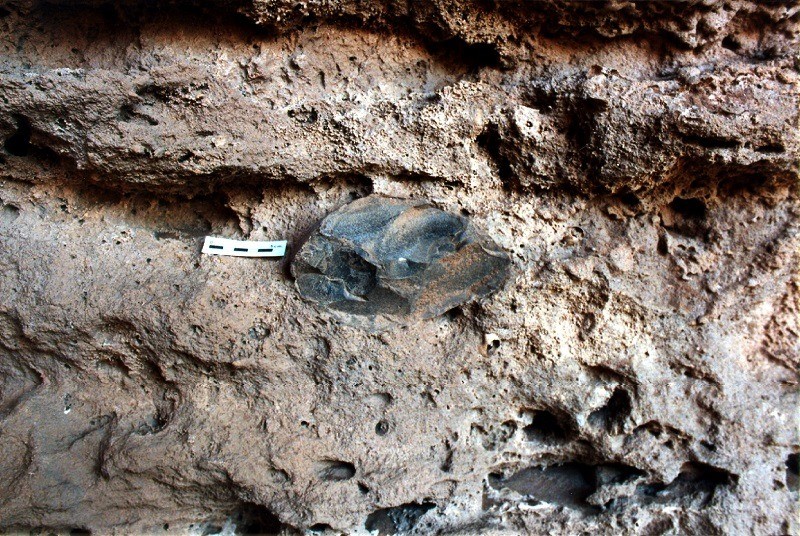
Sandstone core embedded in the strata at Gorham's Cave.
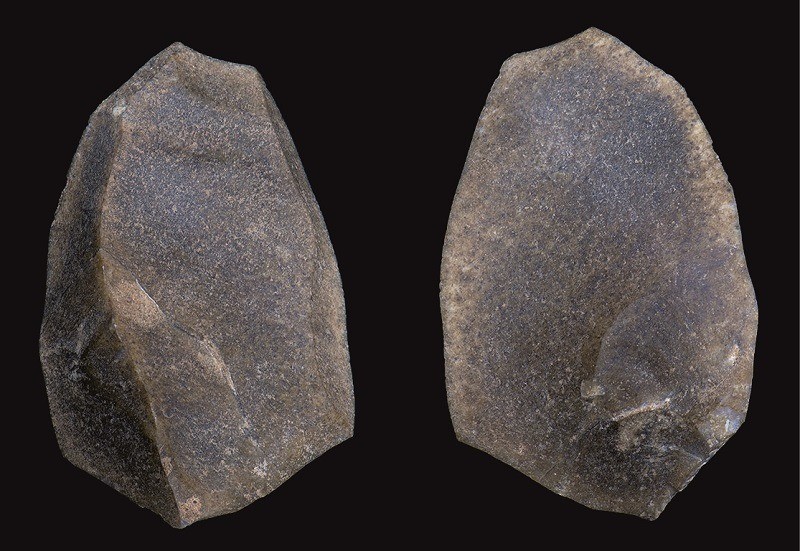
Sandstone Levallois flake from Gorham's Cave.
Published: April 27, 2020
Other similar VM - Palaeoanthropology
18-20 Bomb House Lane
PO Box 939,
Gibraltar
